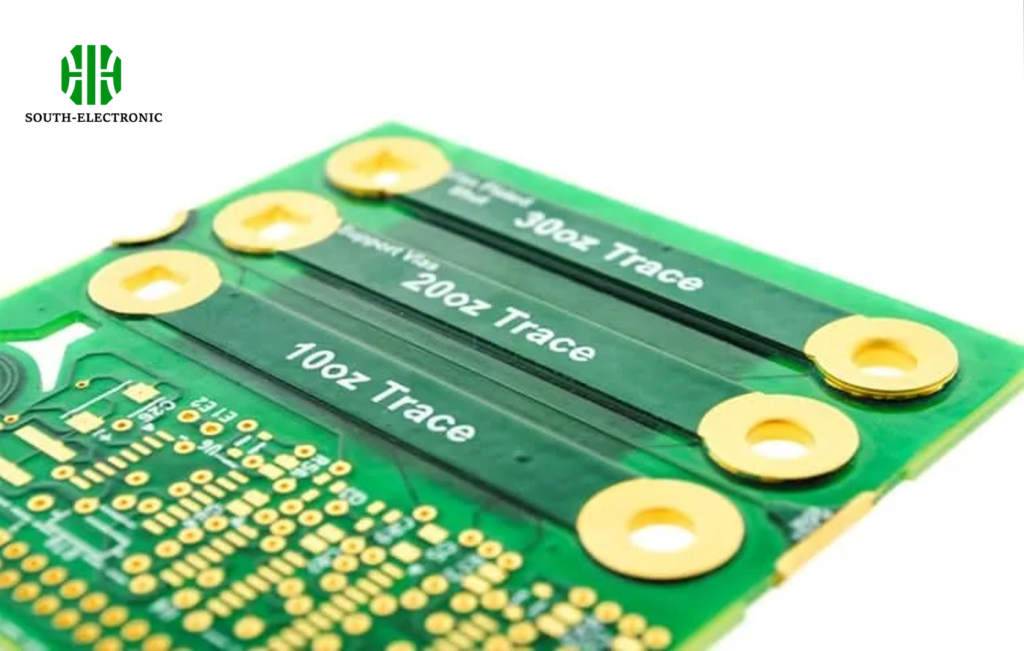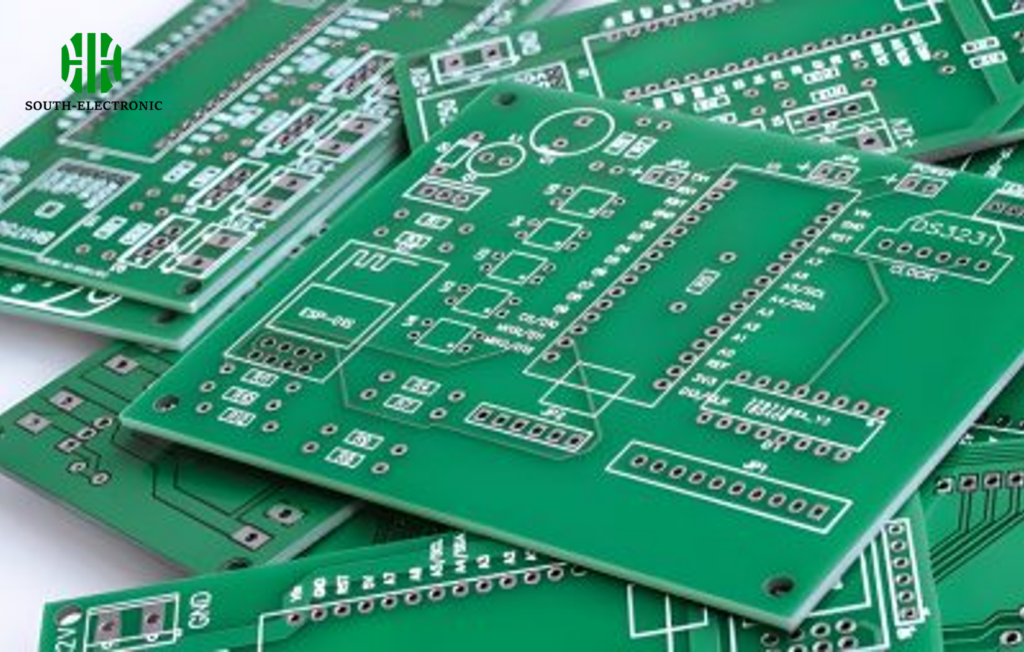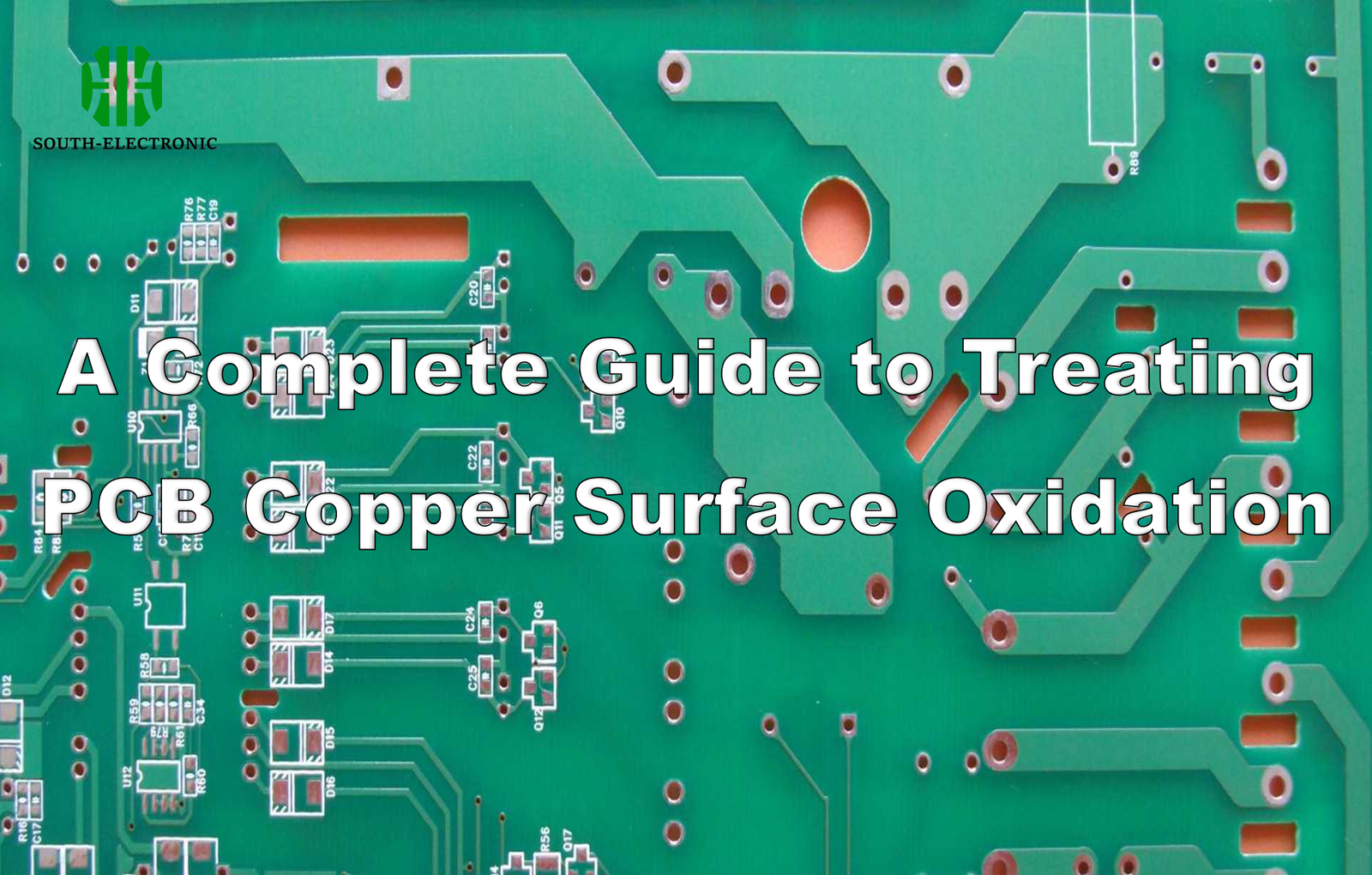Do you often worry about copper oxidation? In the electronics manufacturing industry, PCBs are fundamental components of electronic devices, and their quality directly determines product performance and reliability. However, surface oxidation on PCBs is a common problem, not only affecting aesthetics but also leading to serious consequences such as degraded circuit performance and poor soldering.
Why Does PCB Copper Oxidize?
Oxidation of copper surfaces after PCB baking is primarily caused by the following factors:
-
Improper baking environment control: High temperatures accelerate the reaction between copper and oxygen and moisture in the air. If the copper surface is not sealed promptly after baking or if the storage environment is too humid, the copper surface will oxidize rapidly.
-
Loss of copper surface protective coating: Baking can damage existing anti-oxidation films (such as OSP and electroless plating), leaving the copper surface directly exposed to air.
-
Oxidation within small pores: After baking, residual moisture within the pores is difficult to completely dry, creating a localized humid environment that exacerbates oxidation.

How to Treat Copper Surface Oxidation?
We understand the severity of this issue and will provide a comprehensive guide to treating copper surface oxidation after PCB baking.
- Pretreatment Cleaning
Purpose: Removes the oxide layer, oil, and contaminants from the copper surface, providing a clean surface for subsequent processing.
Method:
Chemical Cleaning: Use a specialized cleaning agent (such as an acidic or alkaline solution) to soak or spray the PCB to dissolve copper oxide (CuO) and cuprous oxide (Cu₂O). For example, dilute sulfuric acid reacts with copper oxide to produce copper sulfate and water, thereby removing the oxide layer.
Mechanical Cleaning: Removes the oxide layer through physical methods such as brushing and sandblasting, but be careful to avoid damaging the copper surface or circuitry.
- Passivation Treatment
Purpose: Forms a dense passivation film on the copper surface to isolate it from air and moisture, preventing further oxidation.
Method:
Chemical Passivation: Immerse the cleaned PCB in a passivation solution (such as a solution containing chromate, phosphate, or an organic passivating agent). A chemical reaction forms a protective film on the copper surface. For example, chromate passivation forms a thin, dense copper chromate film with excellent oxidation resistance.
Electrochemical passivation: A passivation film is deposited on the copper surface through electrolysis, such as electroplating using an electrolyte containing metals such as nickel and cobalt, to form a protective metal layer.

- Use a specialized antioxidant
Purpose: Quickly remove the oxide layer and form a long-lasting antioxidant film.
Method:
Copper surface antioxidant: Select a specialized antioxidant suitable for the PCB production process. This antioxidant forms a chain-like polymer protective film by forming covalent and complex bonds between organic acids and copper atoms. The antioxidant forms a uniform, thin layer on the copper surface, effectively isolating it from air. The antioxidant film has a shelf life of 6-8 days, meeting the typical factory operating cycle.
Steps:
Immerse the baked PCB in the antioxidant, controlling the time and temperature according to the instructions.
Remove the PCB and rinse with deionized water to remove any residual agent.
Dry or air dry the copper surface to ensure it is dry.
- Optimize Baking and Storage Conditions
Baking Control:
The baking temperature and time must be strictly controlled based on the PCB material and process requirements to avoid overbaking, which can lead to increased oxidation on the copper surface.
After baking, the PCB should be immediately transferred to a dry, sealed environment to minimize exposure to air.
Storage Environment:
The storage temperature should be maintained between 20-25°C and the humidity should be ≤50%. Avoid high temperatures and high humidity.
Store PCBs in moisture-proof bags or a dry cabinet, and regularly check the storage humidity.

Treatment Verification
Visual Inspection: Observe the copper surface to ensure it has regained its glossy shine and is free of oxidation spots or discoloration.
AOI Inspection: Scan the copper surface using automated optical inspection equipment to check for oxidation residue or artifacts (such as fingerprints, stains, etc.).
Solderability Testing: Verify the solderability of the copper surface through a tin dip test or soldering test to ensure that the oxidation treatment has not affected soldering quality.



